Subaru has figured out how to keep its horizontally opposed engine alive in a next-generation hybrid system. During the conference, the company showed off a prototype of its electrified boxer engine in a camouflaged Crosstrek prototype. The outgoing setup relies on a parallel system where the engine and motor both power the vehicle. The new series-parallel layout will maintain a mechanical connection between the ICE and the wheels, but the combustion engine will also serve as a generator to feed a battery that powers an electric motor.
Subaru argues that the new hardware brings notable benefits not only in terms of fuel economy, but also in terms of packaging. The engine, hybrid system, transmission and transfer case are all housed together, while the power control unit is located in the engine bay, without negatively impacting the size of the fuel tank. This allows engineers to install larger fuel tanks for increased range.
In the old Crosstrek hybrid, the power control unit was mounted in the rear, so the fuel tank had to be downsized to make room for it. Thanks to the new arrangement, Subaru claims the hybrid's fuel tank will be almost the same size as the regular gas-only model. Chief Technology Officer Tetsuo Fujinuki touts a "very long cruising distance." During his speech, he said that the new system must solve the "current weakness in fuel efficiency."
Subaru plans to begin production of its next-generation hybrid boxer engine this fall at a factory in Kitamoto, Saitama, Japan.

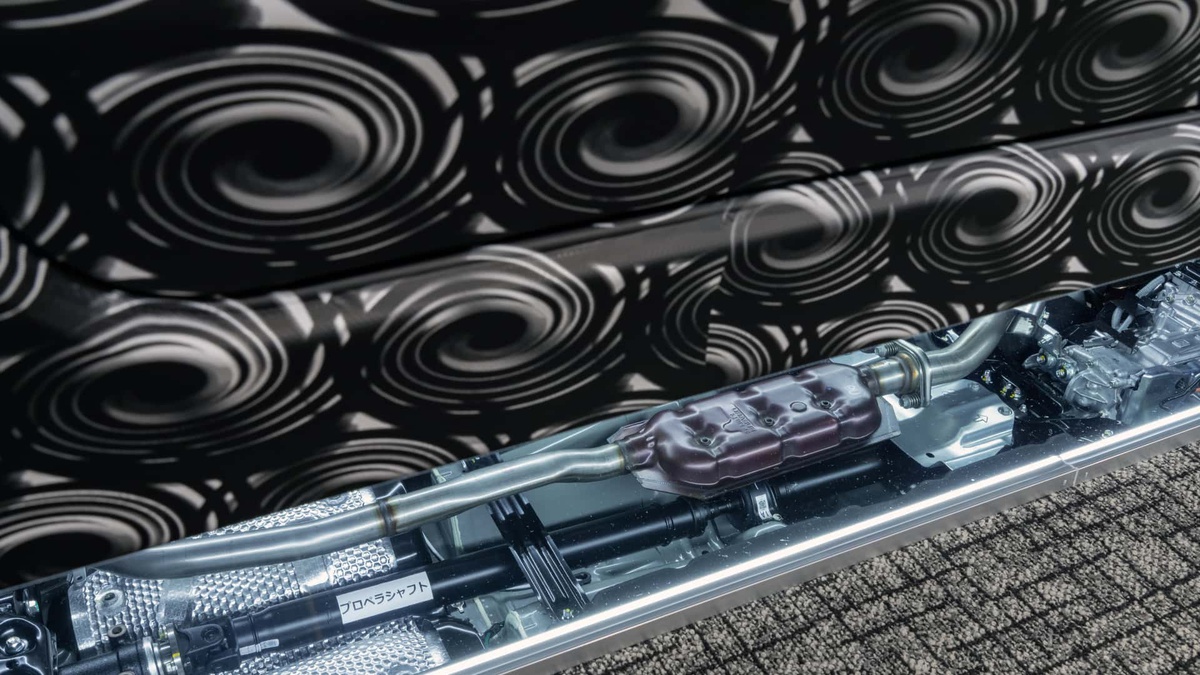
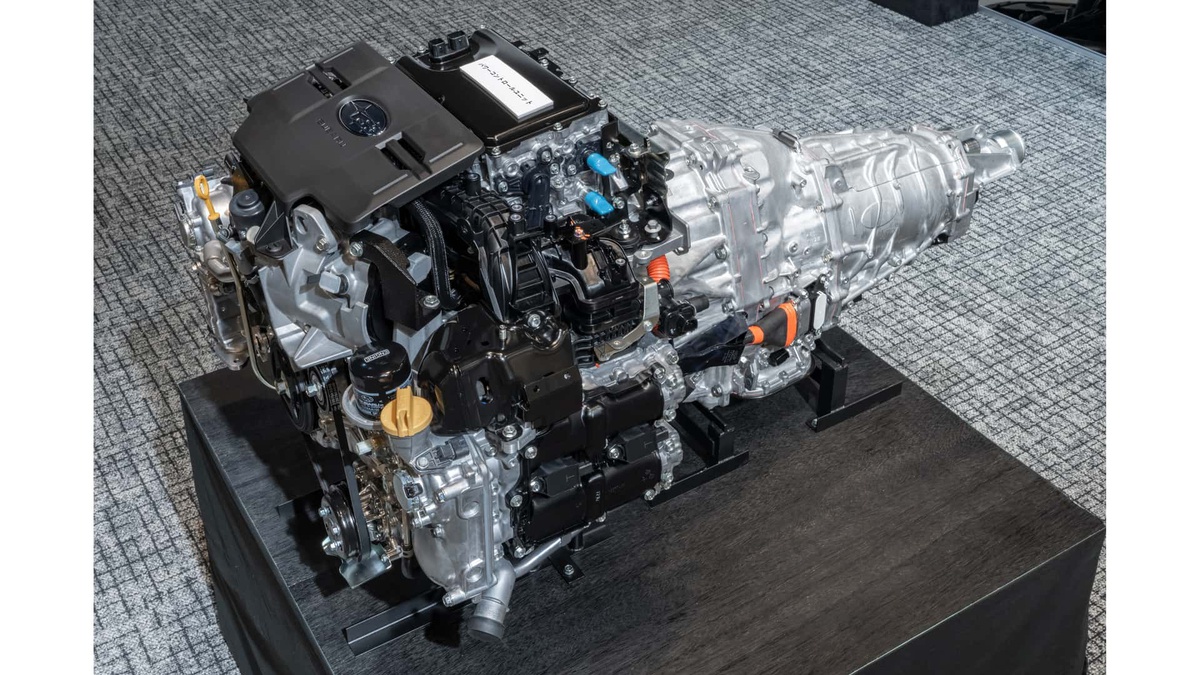
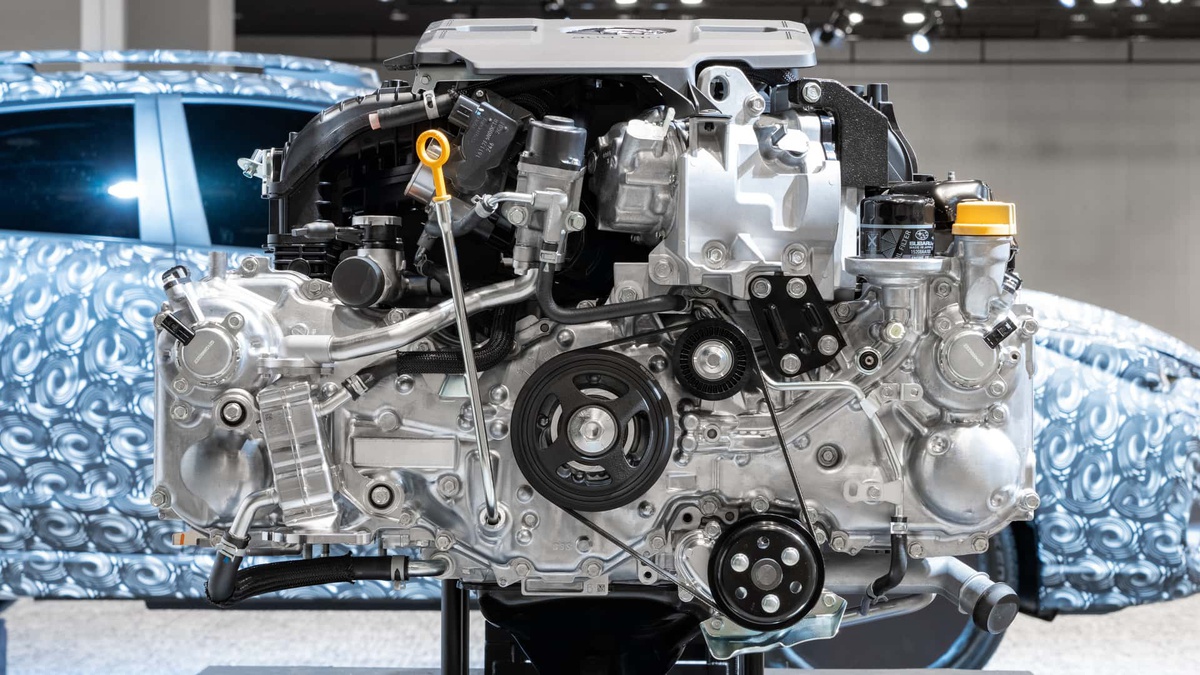
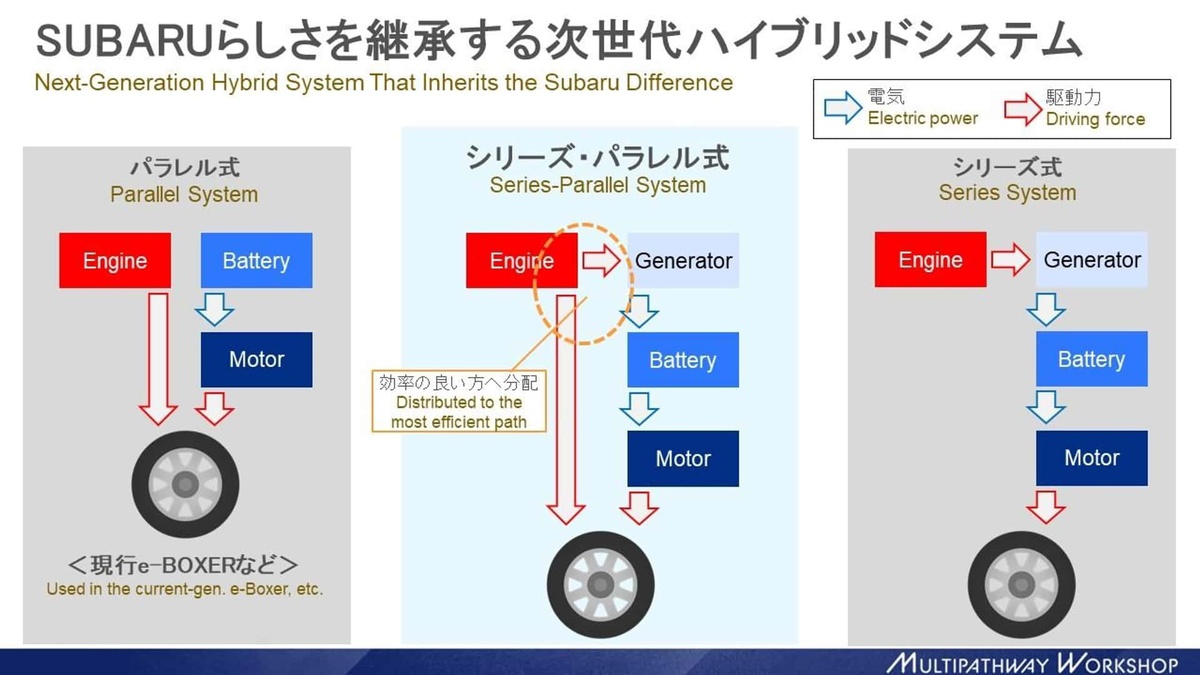
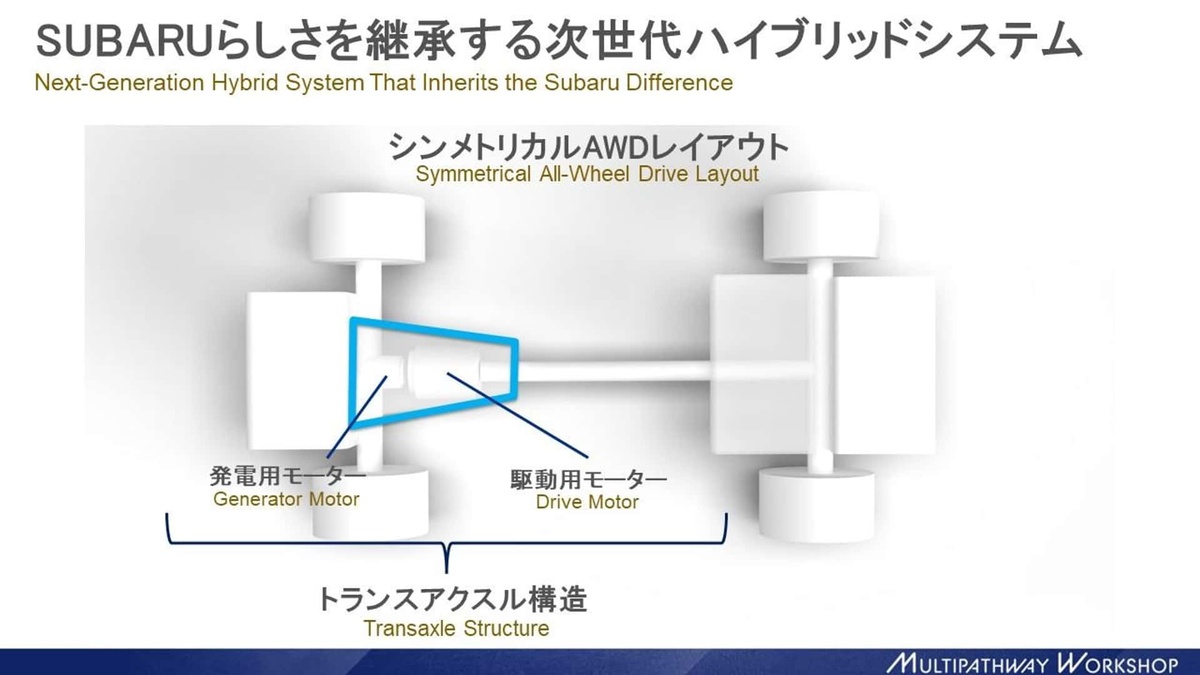

Source: Subaru
.jpg)
